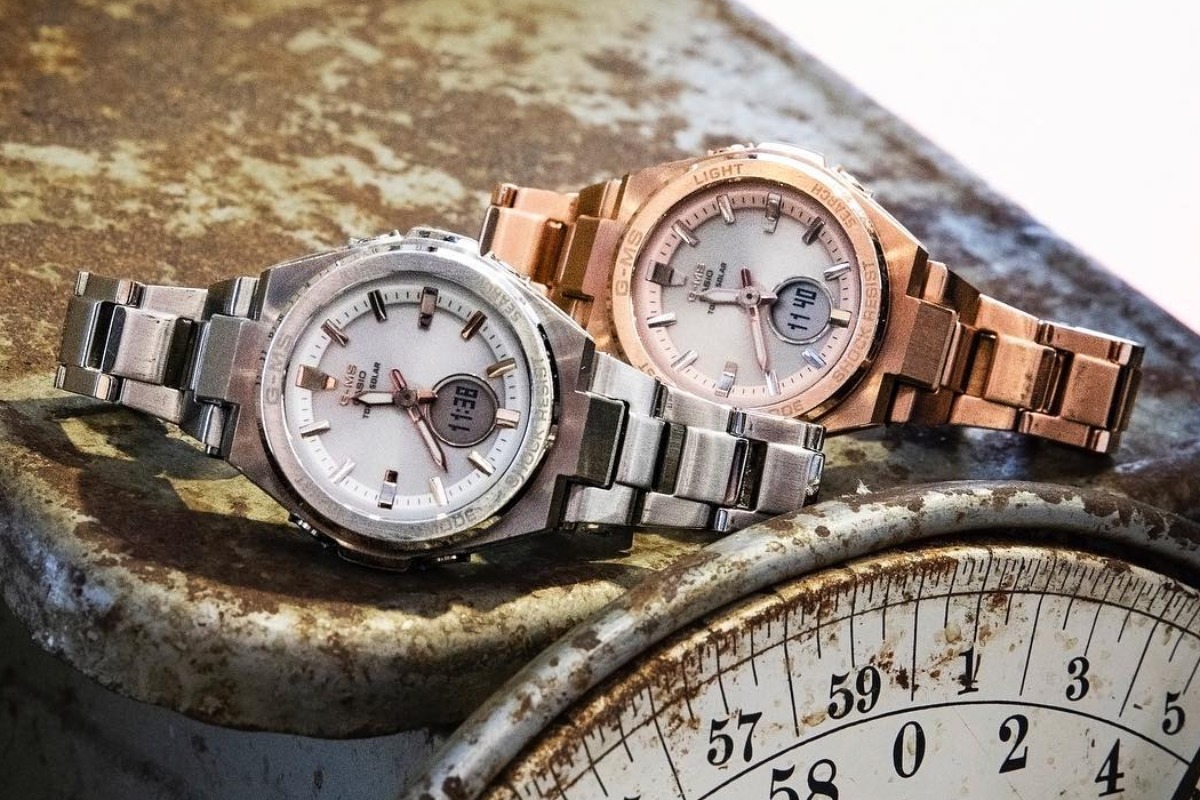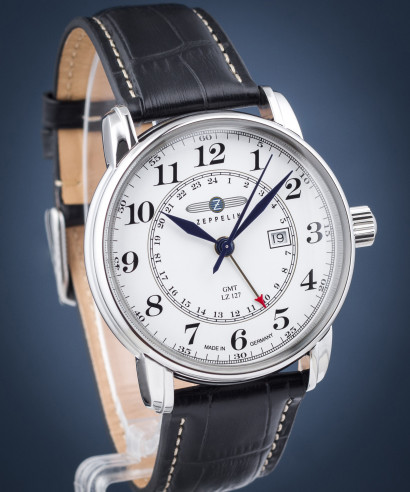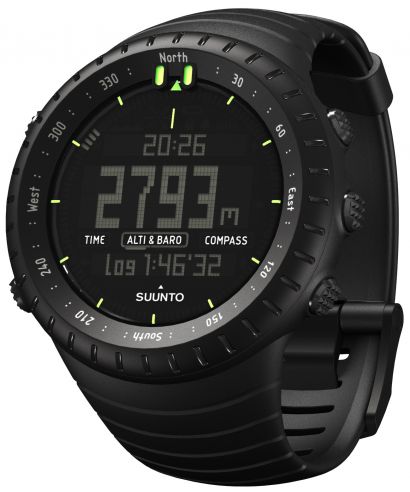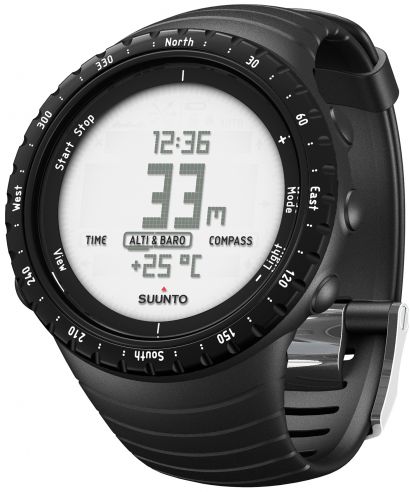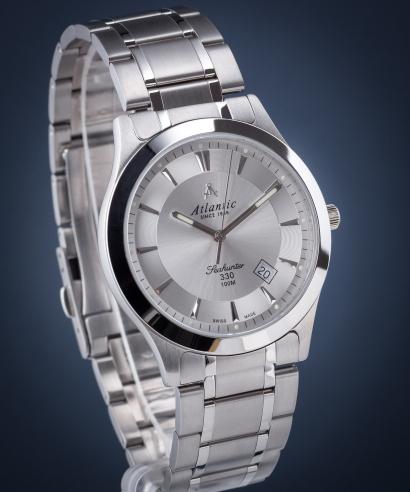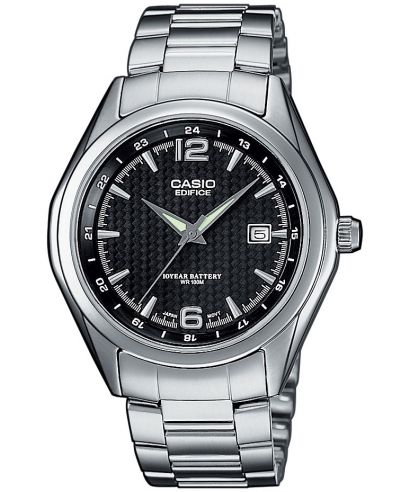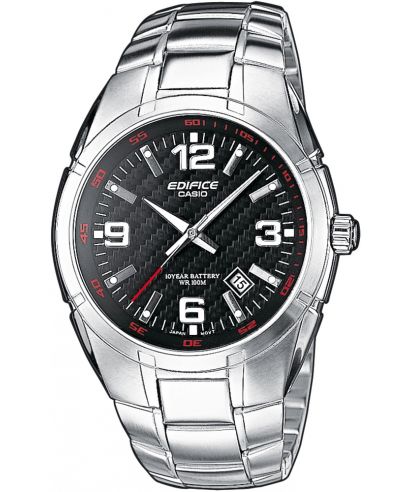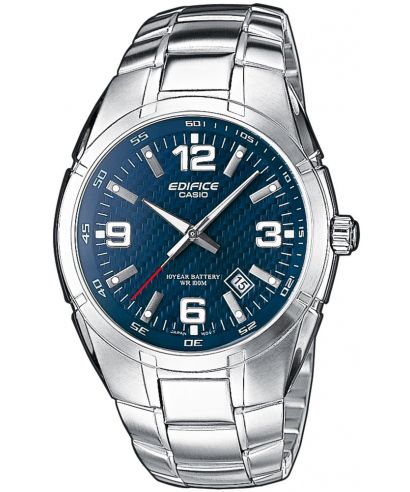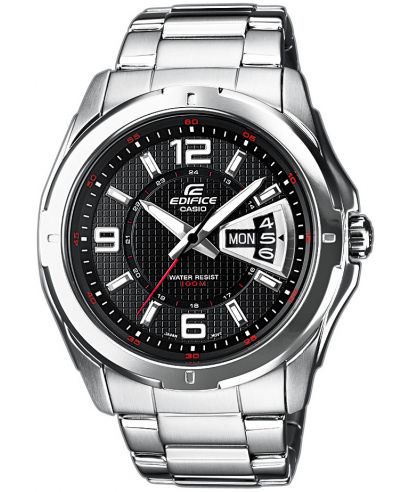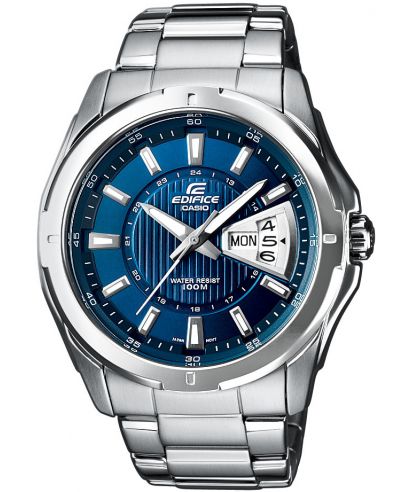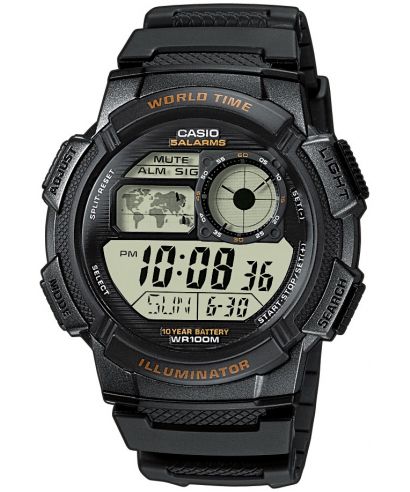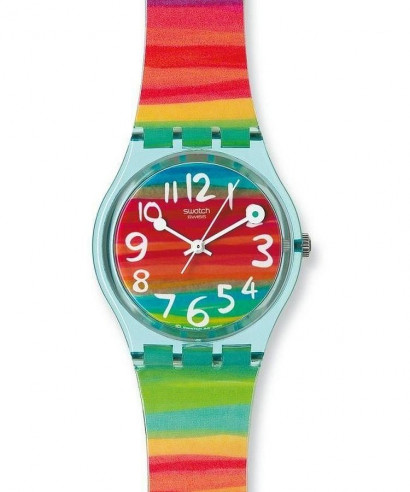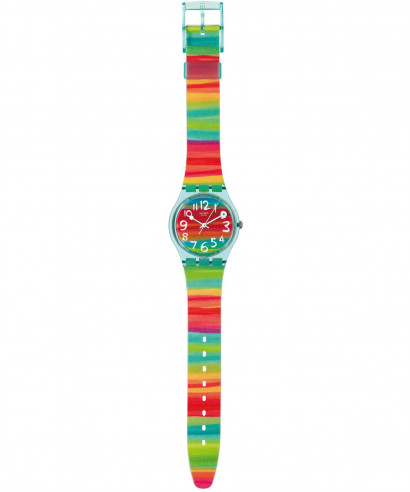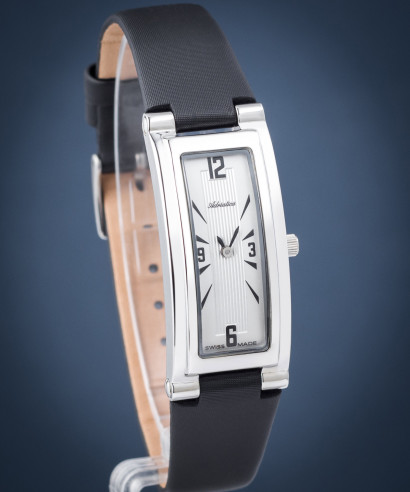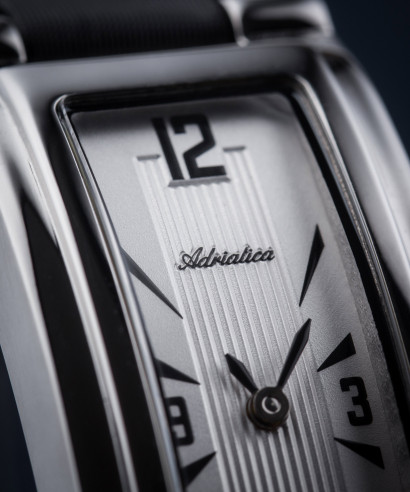
The quartz revolution - the beginning of extraordinary transformations!

Various
The quartz revolution - the beginning of extraordinary transformations!

Great inventions bring great change. Was this also the case here? How did the advent of quartz watches affect the Swiss watch industry? What changes have taken place in the hermetic Swiss market?
The period of dominance of Swiss watches
The Second World War had a significant impact on the industry. The countries that took an active part in the conflict changed the sector of operation and started to use their factories for military purposes. Since Switzerland remained neutral during World War II, it could continue producing watches for the consumer market. Switzerland captured more than 50% of the market. As a result, it led the way for many years. It even became a monopoly. This state of affairs lasted until the 1970s. The Swiss watchmaking industry was constantly evolving and there were plans to create the first quartz watch. Manufacturers from faraway Japan had similar ambitions. No one realised how this invention would affect the fate of the entire industry – this process in the history of watchmaking would be later known as the quartz revolution.
The first quartz watch - the start of a true revolution
The race was on until the Japanese brand Seiko presented the Astron 35 SQ model in 1969. The first watches powered by a quartz battery were quite expensive. Therefore, they posed no real threat to manufacturers of mechanical timepieces. Advances in technology and the reduction of production costs have impacted the final price of the products. As a result quartz watches have gained enormous popularity. Consumers recognised the advantages of the new technology and valued high accuracy. At the same time (or even a little earlier), the Swiss developed the Ebauches SA Beta 21 quartz movement. It turned out, however, to be too complicated and therefore it didn't enter series production. This is how an extremely difficult period began for the Swiss watchmaking industry. This time is referred to as the quartz revolution, or the quartz crisis.
The beginning of quartz domination
The Japanese celebrated success, but didn't rest on their laurels. Seiko focused on improving its technology. The first watches with a LED display started to be introduced. The Pulsar model made its cinematic debut on the wrist of James Bond. The fashion for watches with LED displays continued in earnest. Like every trend, this one was also temporary. Customers began to notice the drawbacks and shortcomings of watches of this type. Seiko started to improve watches with an LCD screen. When the Swiss market began to decline, Japanese brands went from strength to strength. Some Swiss companies declared bankruptcy and some businesses downsized in search of savings. Asian manufacturers, however, didn't stop at producing quartz watches and over time they earned a good reputation. The brands Orient and Orient Star have a range of exceptional automatic watches. Citizen became famous for its state-of-the-art Eco-Drive technology. Seiko promoted solar watches, which have also grown in popularity. One of the most recognisable Japanese brands is Casio, including the iconic Casio Vintage. Speaking of Japanese achievements, one cannot forget the almost indestructible G-Shock watches designed for special tasks! As you can see, the current balance of power between Japan and Switzerland has been influenced by the quartz revolution.
The Swiss watchmaking market in the face of crisis
The quartz crisis was a turning point, the beginning of a transformation. The dominance of quartz watches marked a turbulent time for the Swiss watchmaking industry. Many companies declared bankruptcy, others downsized and took out massive loans. The recovery of the Swiss watch industry was shouldered by Nicolas G. Hayek and Ernst Thomke. Thanks to them, comprehensive reforms were implemented. The aforementioned Ernst Thomke modernised and transformed Ebauches SA into an ETA company, which reduced costs. Hayek, on the other hand, devised an extensive recovery plan. Manufacturing of movements was commissioned to ETA SA, while the other players in the market were focused on watch production as well as marketing and sales activities. The concepts were accepted by Swiss banks, which invested more than CHF 550 million in SMH (which later became the world-famous Swatch Group). How did the individual companies fare in the crisis? Variously. Ronda rebranded itself and began producing quartz movements, gaining industry-wide recognition over time. The Epos brand, which was created by James Aubert, survived thanks to Peter Hofer, who firmly believed that mechanical watches will become popular again. It was enough to breathe new life into the company to bounce back. Other players such as Tissot and Certina have survived difficult times thanks to passion and innovative approach to watchmaking. We owe them a number of technological innovations and iconic watches such as the Tissot PRX.
Period of sustained competition
Has the quartz revolution had an impact on the watch industry? Of course it has. The quartz crisis has set a new course. The watch became an object accessible to a wider public. Watches with the Swiss Made designation have their loyal following and are now considered synonymous with luxury and accuracy. What does the competition offer? Greater choice for customers. Quartz watches continue to enjoy enduring popularity to this day. In addition to the well-known Japanese companies, the brand Ronda leads the way in the production of quartz movements. It is now attempting to return to its roots by creating self-winding movements and fill a niche in the market for this kind of product. Thanks to this, it is very likely that a quality mechanical watch at an affordable price will be soon available. How about you? Do you prefer mechanical or quartz watches?

